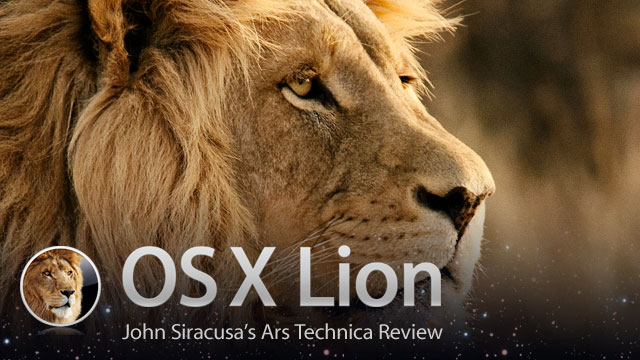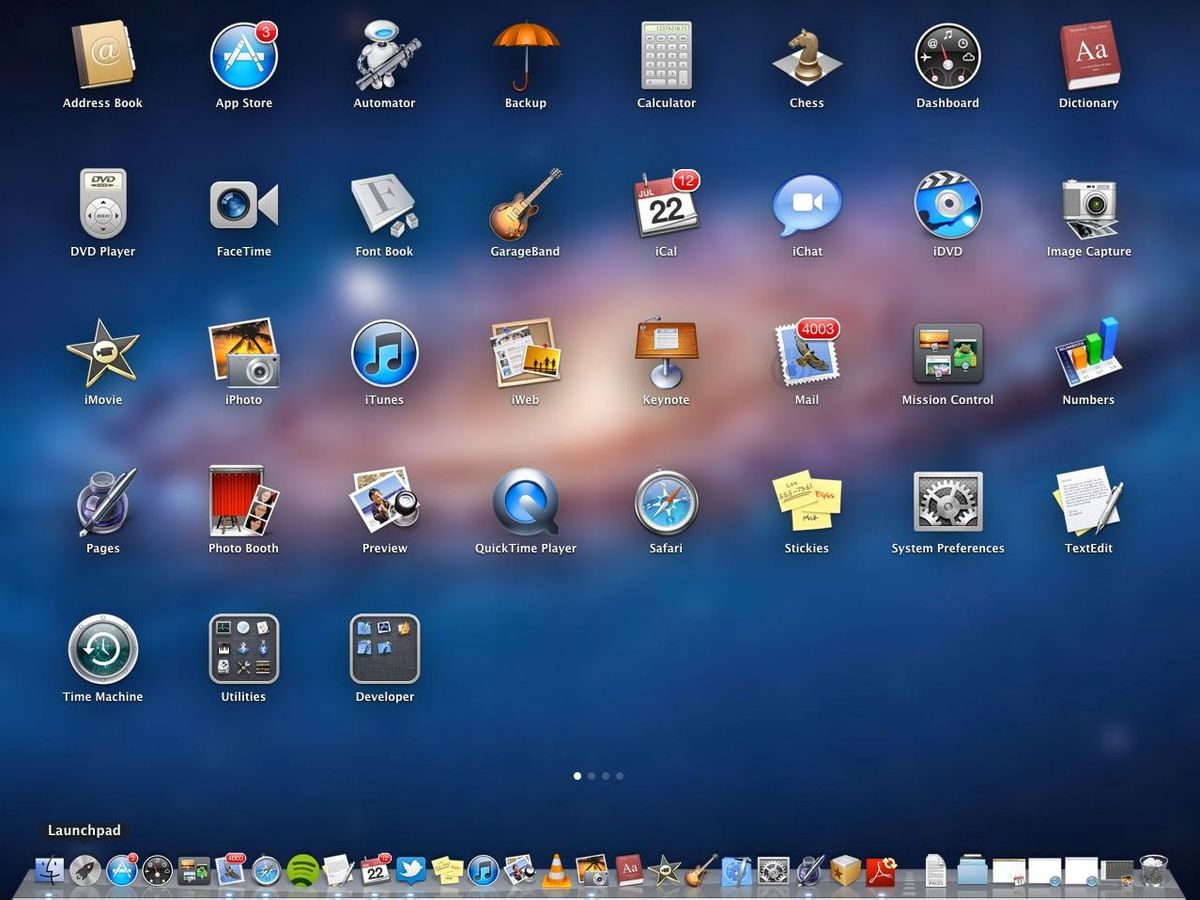OS X 10.7 Lion was introduced in 2011. OS X Lion saw more than 250 new features added including new multi-touch gestures, system-wide support for full-screen apps, Mission Control, Launchpad and a redesigned Mail app. OS X Lion is also the first Mac operating system to include the Mac App Store from the start.
Installing Mac OS X on a virtual machine is excellent practice for the real thing: installing Mac OS X on your actual computer. Don't get too comfortable, though. Don't get too comfortable, though. Compared to most computers, Virtualbox virtual machines are very 'vanilla', meaning that they're very compatible with Mac OS X in the first place. Mountain Lion is OS X 10.8, currently at 10.8.2. If you have reasons to stay with Snow Leopard 10.6.8, you could try contacting the Mac App Store support or buying a copy of the retail box of iWork '09 from a third party such as Amazon.com or eBay. If you need to purchase Mac OS X 10.7 Lion, you may order it from this page. The most current version of OS X is OS X 10.9 Mavericks. To learn more, please click here. What do you receive: An email with a content code for the Mac App Store. Note: Content codes are usually delivered within 1 business day but may occasionally take longer.
Apple released OS X 10.7 Lion in July, 2011. It was the eighth major release of OS X.

Word Processor
Apple first previewed Lion at a special event it called 'Back to the Mac.' The event's theme heralded Apple's strategy with Lion: to integrate technology and user experience elements the company had previously developed for use in iOS. In total, Apple introduced 250 new or changed features in Lion.
Lion would be the last OS X upgrade that Apple distributed on physical media. Initially, the only way to get it was to download a Lion installer from the Mac App Store for $29.99. Within a few weeks Apple offered a $69 USB flash drive as an option for users unable or unwilling to download the software. Subsequent releases like Mountain Lion and Mavericks have been download-only.
iOS-style innovations introduced in Lion include support for fullscreen apps and multitouch gestures on trackpads and Apple's Magic Mouse. Lion also introduced Mission Control, the unified interface for controlling the Dashboard, Finder windows and individual applications. Launchpad was also introduced, a new app that made it easier to find applications installed on the Mac.

/serverapp500x471-57c43aa15f9b5855e58b1445.png)
MacOS - How To Upgrade - Apple
iCal, Address Book, Safari and other core applications gained interface refinements and new features. QuickTime incorporated elements of the previously-available pay-to-play QuickTime Pro,
Other new features included the introduction of AirDrop, a peer-to-peer file-sharing technology that enables Mac users to exchange files over local Wi-Fi connections. FileVault disk encryption was strengthened with FileVault 2. And Lion also saw the introduction of Recovery Partition, a portion of the hard disk allocated for disk repair and system recovery tools.
Lion was also the first version of OS X to integrate the Mac App Store from the start — the Mac App Store made its debut after Snow Leopard's release.
See Full List On En.wikipedia.org
We may earn a commission for purchases using our links. Learn more.
